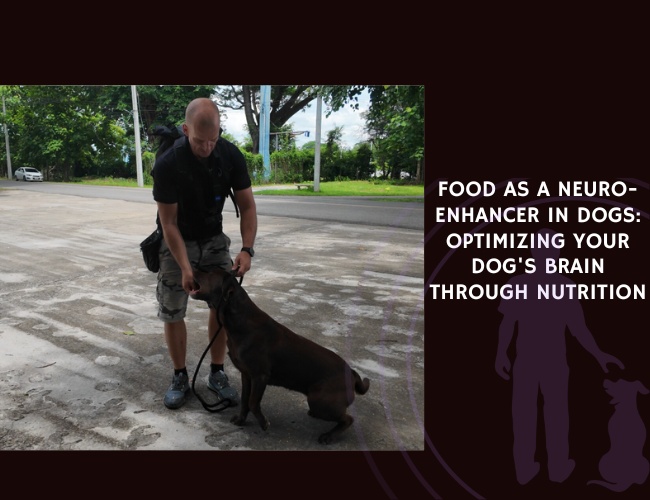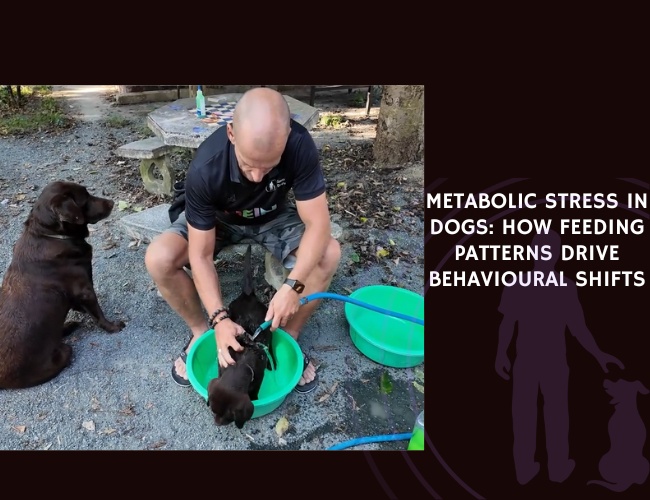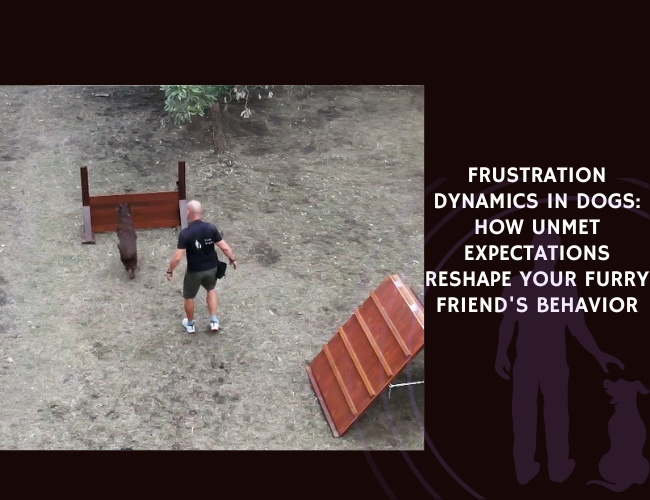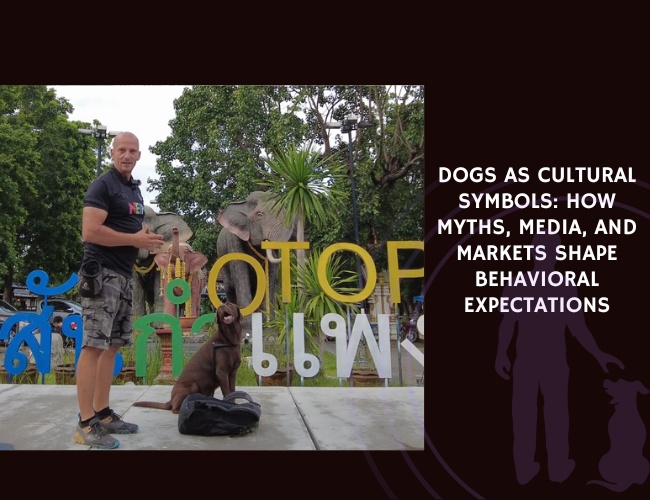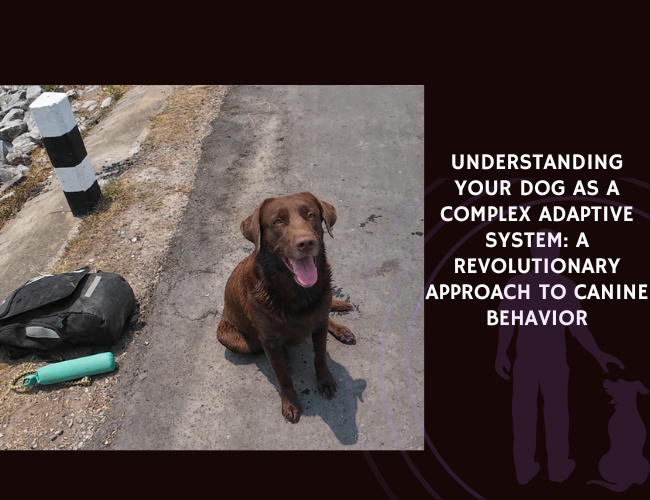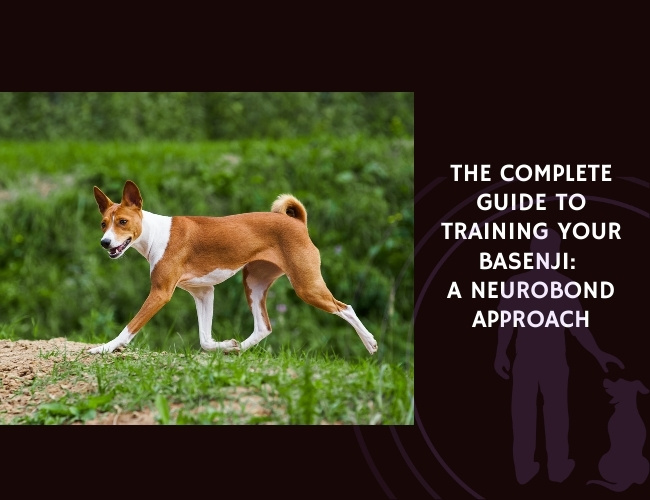Why do dog bites happen even when no one intended to interact with the dog? A new Slovenian study by Gobbo & Šemrov explores the surprising contexts behind human-directed aggression and what it reveals about canine stress thresholds in everyday life.
Are dog bites always provoked? Conventional wisdom suggests yes — but a study conducted in Slovenia challenges that assumption. Gobbo and Šemrov (2021) analysed 400 self-reported dog-biting incidents via a detailed online questionnaire to uncover what truly triggers human-directed aggression in dogs.
The findings were revealing. Contrary to the belief that bites mostly happen during interactive moments like petting or play, this study uncovered a broad range of non-interactive triggers. In many cases, fast movement near the dog, unintentional proximity, or unexplained agitation led to bites — even when no deliberate approach was made.
Context matters. Most bites occurred in public spaces, not private homes, and were often attributed to purebred dogs with a known history of aggression. This points to the role of genetics, stress thresholds, and environmental unpredictability in shaping canine behaviour under pressure.
Implication for dog guardians and trainers: Education on trigger stacking, personal space, and early warning signals is essential. Rethinking how we interpret “unprovoked” aggression could reduce incidents and strengthen trust-based relationships between dogs and humans.


